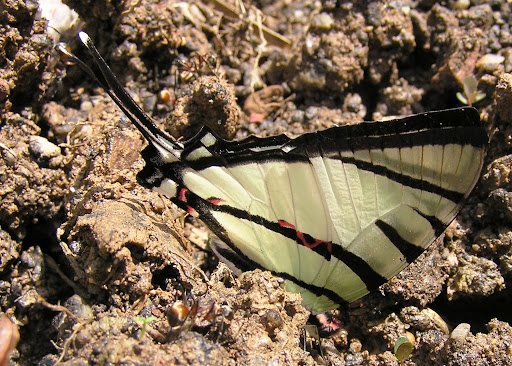For those of us who think spiders are insects, here is a cute little song, which tells us that spiders and insects are two different things.
 Spider or an Insect? - Ron BrownIs it a spider or an insect?A spider or an insectIs it a spider or an insect?I really want to know. Let’s go!Insects have six legsThree body parts - A head, abdomen, thorax.They all have feelers waving on their headsOh those insect facts.
Spider or an Insect? - Ron BrownIs it a spider or an insect?A spider or an insectIs it a spider or an insect?I really want to know. Let’s go!Insects have six legsThree body parts - A head, abdomen, thorax.They all have feelers waving on their headsOh those insect facts.  Is it a spider or an insect? A spider or an insect Is it a spider or an insect? I really want to know. Let’s go!
Is it a spider or an insect? A spider or an insect Is it a spider or an insect? I really want to know. Let’s go!
Spiders have eight legsAnd two body parts -
A head and an abdomenYou won’t see feelers on their headsMoving and waving.  Is it a spider or an insect?A spider or an insectIs it a spider or an insect?And now I finally know!
Is it a spider or an insect?A spider or an insectIs it a spider or an insect?And now I finally know!These are pictures of a Giant Wood Spider that I found next to our accomodation in Durian Chalet, near Taman Negra National Park, Malaysia. This one is the biggest spider I have ever seen, and spanned close to 8 inches in length. The yellow spots at the joints in its legs, on the underside, are characteristic of these spiders. Its golden web gives it the alternate name Golden Orb Web Spider.



 Spider or an Insect? - Ron Brown
Spider or an Insect? - Ron Brown

 Is that a fish? Is that a tadpole? No, it is a mudskipper!
Is that a fish? Is that a tadpole? No, it is a mudskipper!